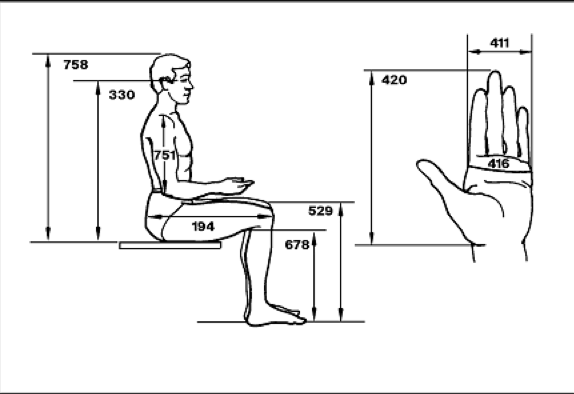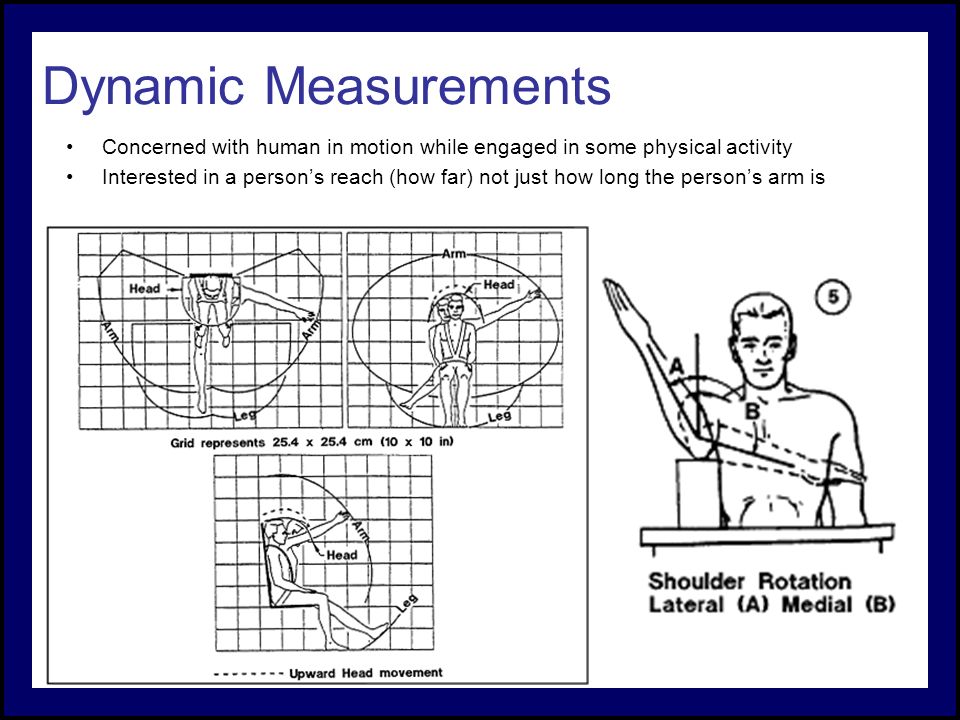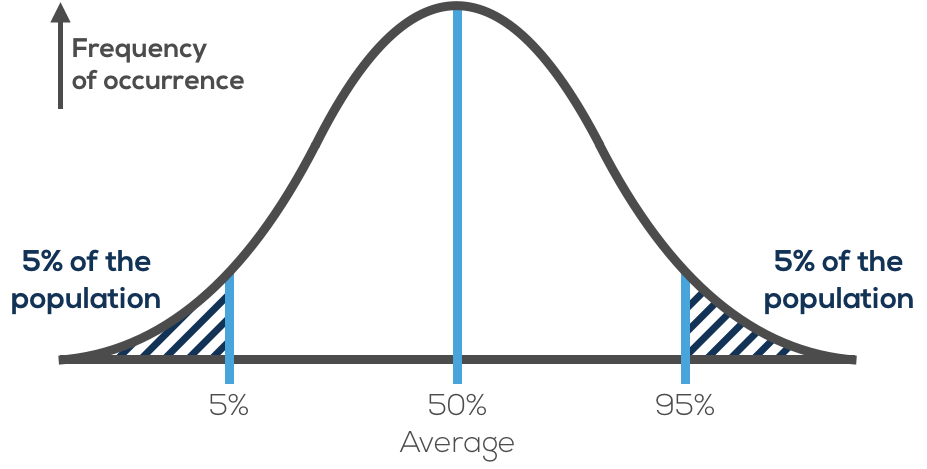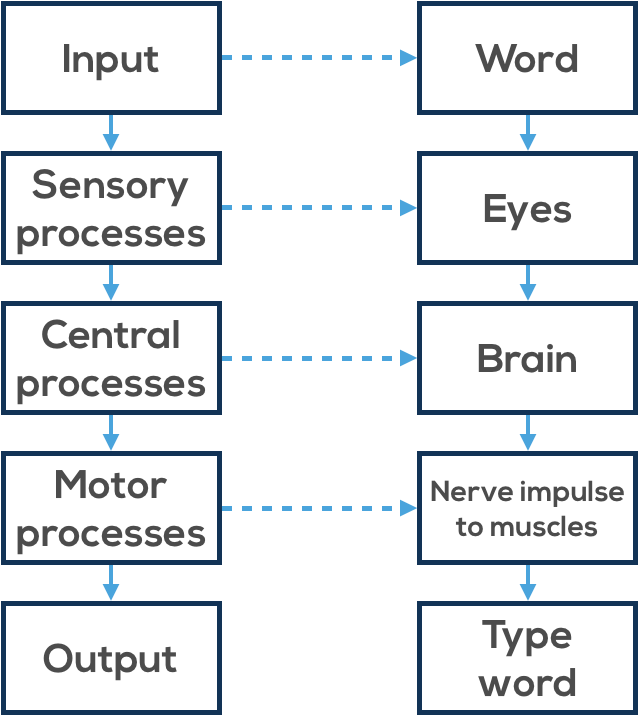What are Human Factors?
Human Factors (aka comfort design, functional design, user-friendly systems) is the combination of ergonomics and anthropometrics. It is the practice of designing products, systems or processes that emphasizes the interaction between them and the user. It aims to make the interactions between humans and products more efficient and more comfortable.
One of the most prominent conflicts designers face is Form vs Function. When creating a design the more important feature would be chosen, and it would either be.
|
Term
|
Definition
|
|
Ergonomics
|
The science of refining the design of products to optimize them for human use
|
|
Anthropometry
|
The measurement of the human body regarding the size, strength and physical capacity
|
|
Biomechanics
|
The application of mechanical laws on living organisms
|
|
Organoleptic
|
The reaction of human senses when exposed to different stimuli
|
Ergonomics
Ergonomics is the designing objects, systems and environments in relation to the human body using scientific information. This relationship may concern:
- Shape, form, color, texture
- Ease of use
- Comfort in use
- Mapping and user interfaces
- Affordance and logic of the user
- User experience.
Physical
The physical interaction between the person and the object. This includes worksite development, posture, repetitive stress, and more.
Cognitive
The effect that objects have on a person's mental processes. This includes memory, perception, reasoning, and more.
Organizational
Ways that complex systems can be easily understood by a group of people. This includes communications, work hours management, teamwork, and more.
Anthropometrics
Anthropometrics is the measurement of human shapes and sizes. These factors are included in every piece of design to make the object accessible to the majority.
|
Type of Data
|
Definition
|
|
Static
|
Measurements of the subject while they are in a fixed position (ex. sitting in a chair). Three things should be considered when measuring a subject: skeletal dimensions (measuring the length of bones), static physical (ex. weight, height) and soft tissues (ex. fat, muscle, skin).
|
|
Dynamic
|
Measurements of the subject while they are in motion relating to the range of reach of various body movements (ex. driving a car). Three things should be considered when measuring a subject in motion: reach (ex. arm + extended torso), clearance (ex. stair width) and zone of reach (maximum reach of extended limbs).
|
|
Primary
|
Data collected by the designer. Primary research is used to collect data that does not exist, is dated, and most commonly to cross-reference secondary data.
|
|
Secondary
|
Data collected by someone else. Secondary research is used to collect data that is available, either online or on paper. When using secondary data, it is important to know what and how the measurements are done.
|


Primary data versus secondary data
There is a lot of secondary anthropometric data available.
Primary data: Data collected by a user for a specific purpose.
- It is collected by the researcher or designer themselves.
- This would be carried out if there is a specialized group of people that may not have been studied.
-
Secondary data: Data collected by someone else.
- It is collected from a database such as the ANSUR Military Database.
Clearance, reach and adjustability
Clearance
The physical space between two objects.
- eg: two people in a doorway or the space between sitting people.
Reach
A range that a person can stretch to touch or grasp an object from a specified position.
- eg arm extension or work envelope.
Adjustability
The ability of a product to be changed in size commonly used to increase the range of percentiles that a product is appropriate for.
- Car driver seats have many adjustments that can accommodate many people, eg seat height, distance to the sterling wheel, even height of the steering wheel.
- Often adjustability is used in design contexts where a range of sizes is not possible or expensive to produce.

Physical Factors
Percentiles and percentile ranges
The large proportion of products are made for people between 5% and 95% as it contains the majority of the population.

|
Percentile
|
On what type of product it should be applied to
|
|
5% and bellow
|
People at the 5% should be able to have an easy reach on/to/in a product because if they are able to reach then everyone else would be able to as well (ex. computer mouse).
|
|
Average
|
Average people should be able to comfortably use the product, as it applies to the people on either side of the graph (ex. chair).
|
|
95% and higher
|
People at the 95% should be able to have a comfortable clearance on/to/in a product because if they have enough clearance everyone would as well (ex. door).
|
Male-Female Percentiles
On average males are larger than females, and when designing for the majority designers should keep this in mind. Keyboards and mouses are designed for 5% female, as it is easier for bigger hands to adjust than for small hands to expand. Doors are 95% male, as the majority can fit through the door, shorter people aren't affected by the hight of a door.
Biomechanics
When designing biomechanics should be considered, as different user populations have different biomechanical capabilities. To have an inclusive design (design for inclusion), these biomechanical capabilities should be considered: muscle weakness/strength (due to age and medical conditions), dexterity and fine motor skills.
Clearance: The physical space between two objects.
eg: two people in a doorway or the space between sitting people.
Reach: The range that a person can stretch to touch or grasp an object from a specified position.
eg arm extension or work envelope.
Adjustability: The ability of a product to be changed in size.
Commonly used to increase the range of percentiles that a product is appropriate for.
Car driver seats have many adjustments that can accommodate many people, eg seat height, distance to the sterling wheel, even height of the steering wheel. Often adjustability is used in design contexts where a range of sizes is not possible or expensive to
produce.
Range of sizes Vs Adjustability
Range of sizes:
A selection of sizes a product is made in that caters for the majority of a market.
e.g. Clothes or motorcycle helmets come in a range of sizes to accommodate as many percentiles ranges.
Adjustability:
This is often done for comfort and safety. If something is not comfortable then it can lead to unsafe situations due to fatigue.
e.g. Bicycles use a combination of a range of sizes (to suit different heights) as well adjustability (the seat and
handlebars).
Psychological Factors
Organoleptic Properties
|
Stimulus
|
Factors Affecting
|
|
Sight
|
Ease of visibility, readability, computer screen, natural or artificial lighting
|
|
Hearing
|
Pitch, frequency, volume, mobile phones, background noise
|
|
Touch
|
Texture, grip, friction, temperature, keyboards, dentistry tools
|
|
Taste
|
Ingestions of toxins, children’s toys
|
|
Smell
|
Aroma, perfume, odor, workspaces, air quality
|
Human information-processing systems

Environmental factors
These factors affect the efficiency and workflow of a person in a working space.
- Air Quality
- Building acoustics
- Lighting
- Worker density
Ways of Measuring
Nominal
Listing a student's subjects; can be indexed using a number
Ordinal
Preferences like ranking something from 1 - 5
Interval
Agreement on a scale 1-5 (from Agree to Disagree)
Ratio
True Zero Point like a ruler

Editors- admin_andrei - 757 words.
- CD_FER - 595 words.
View count: 12111